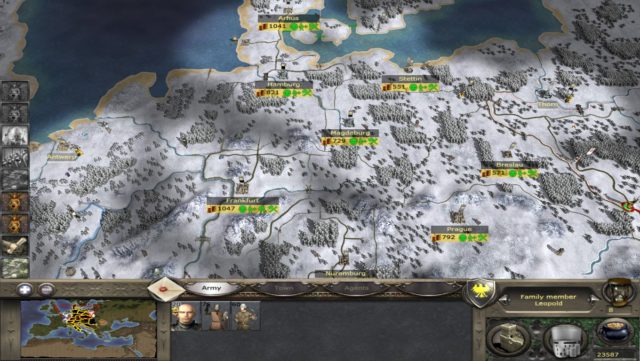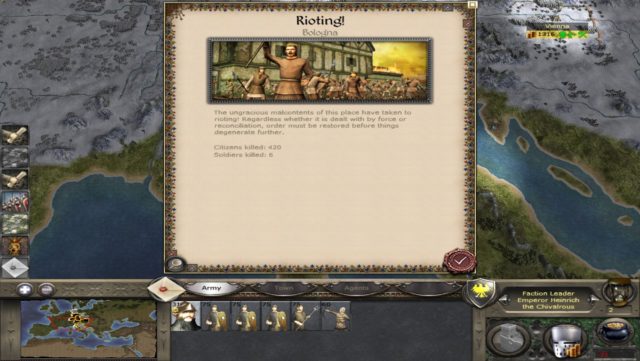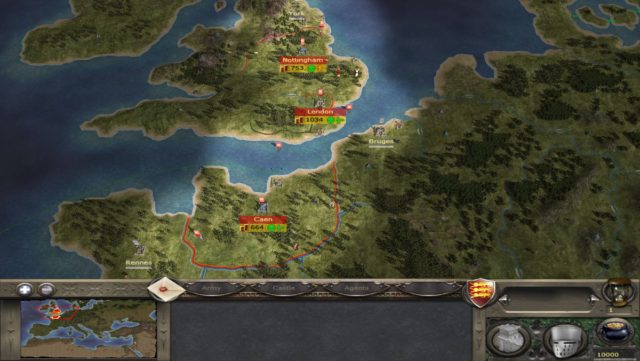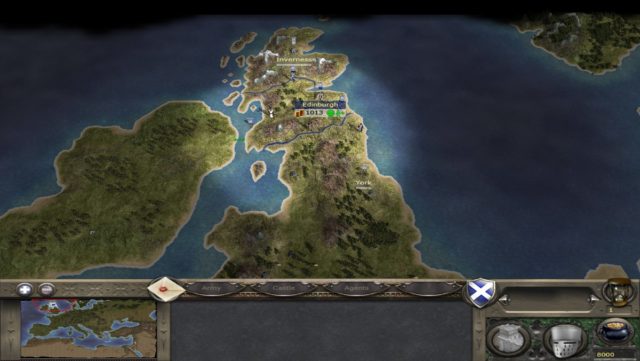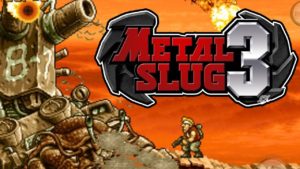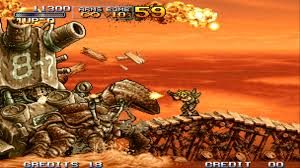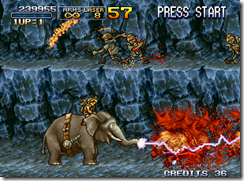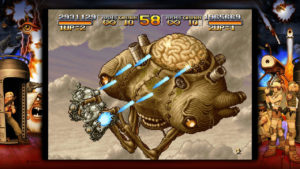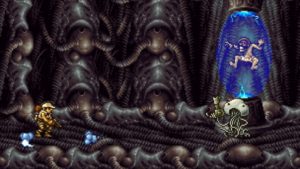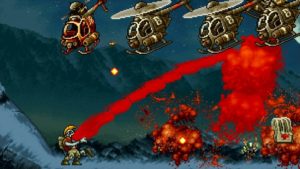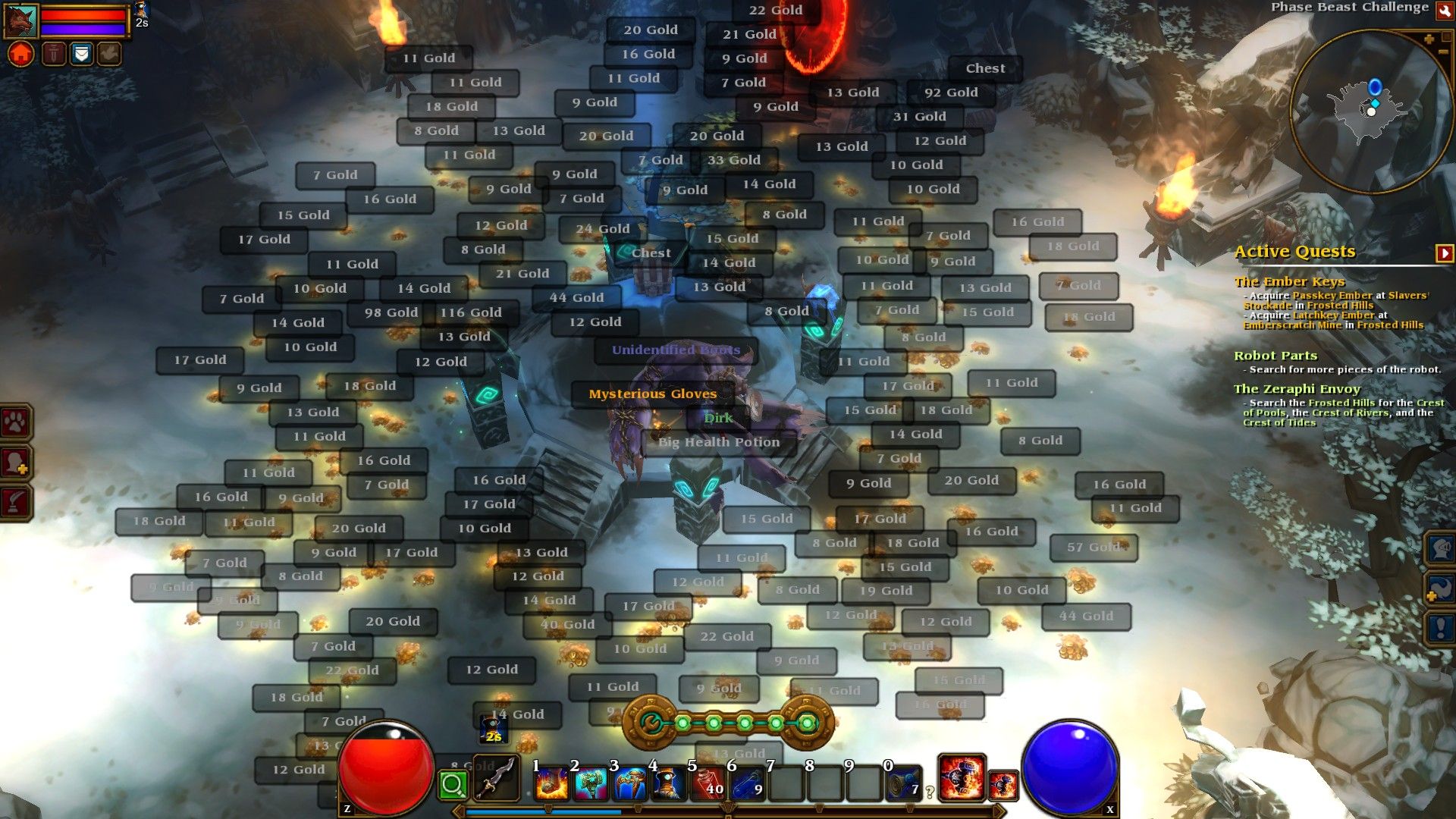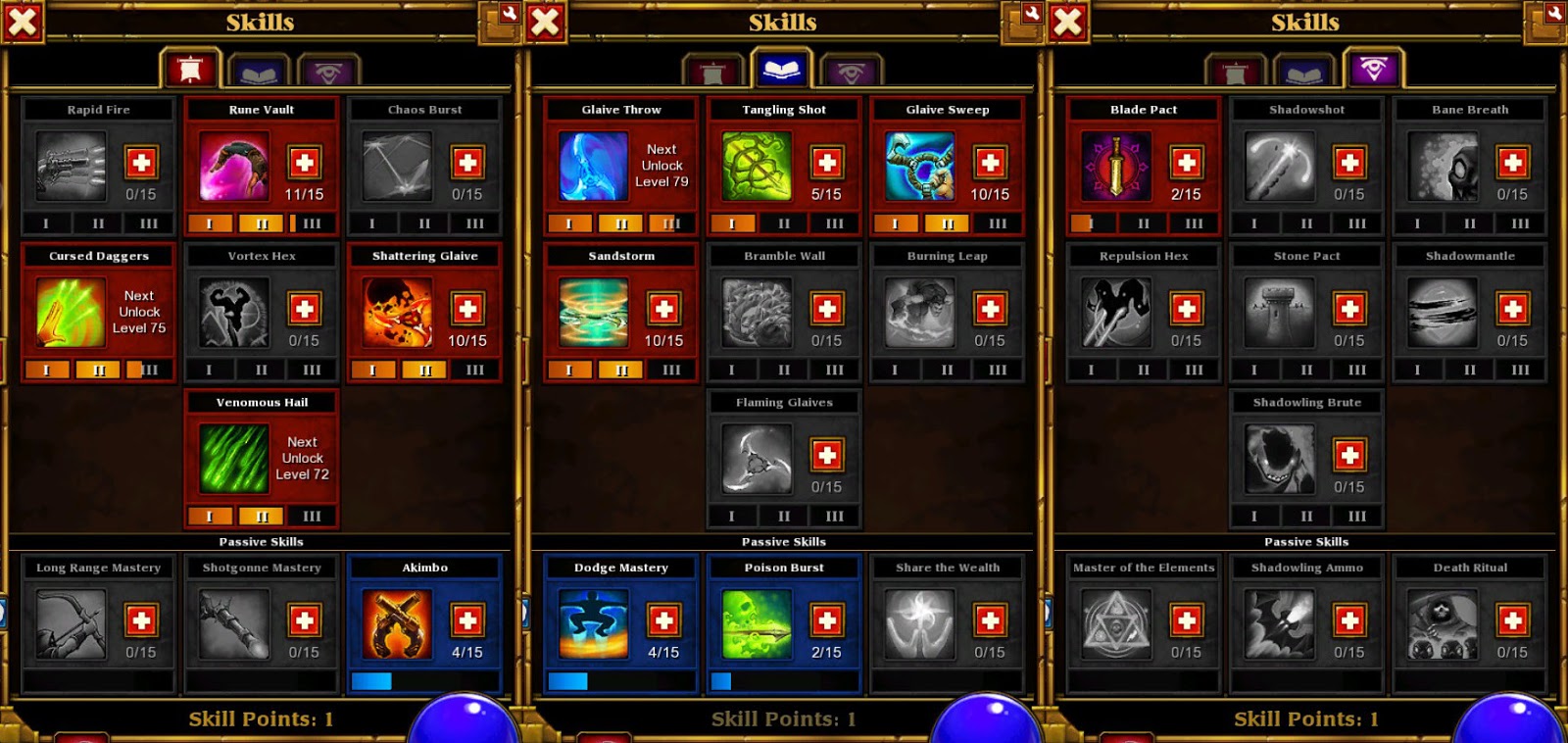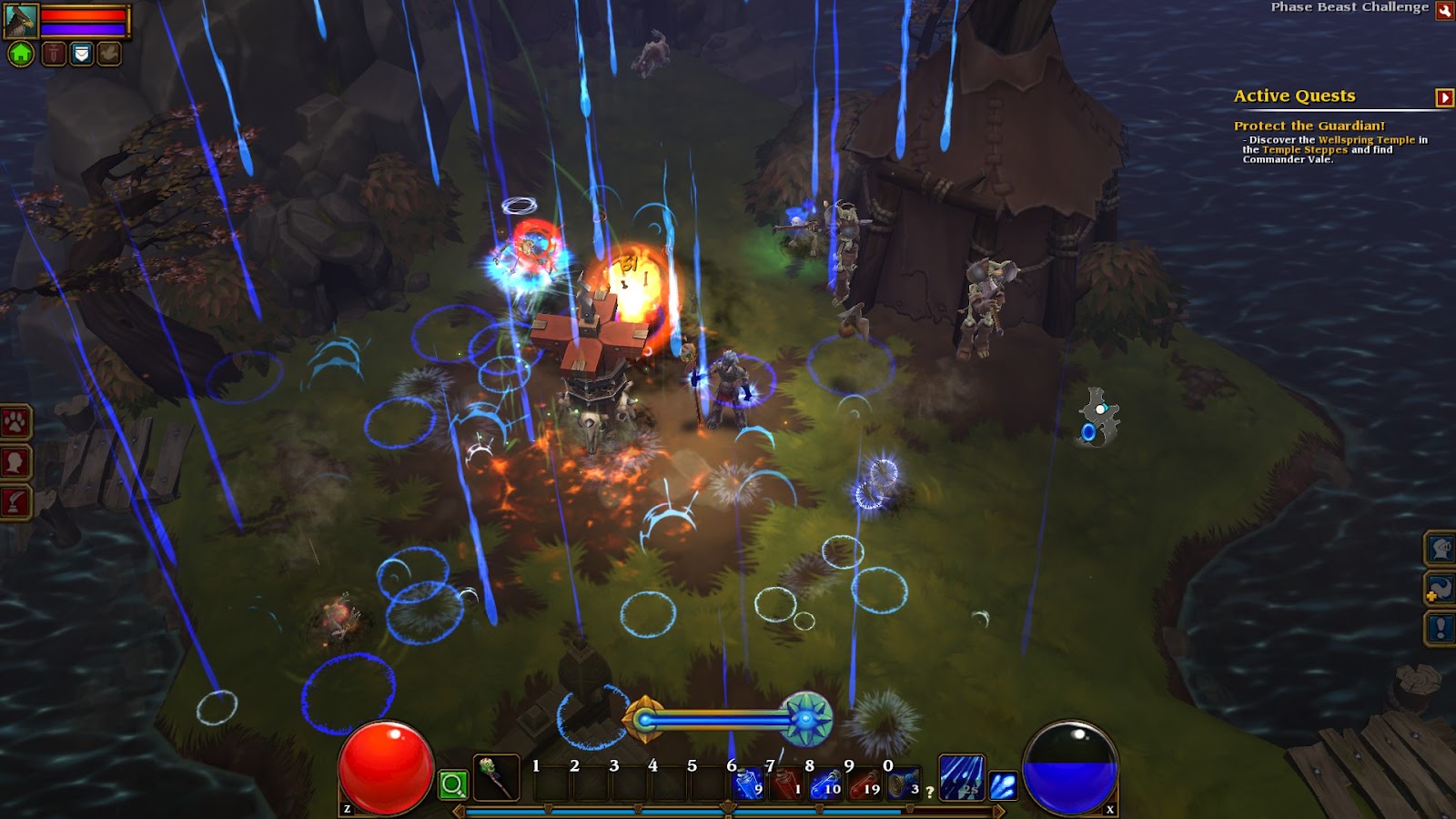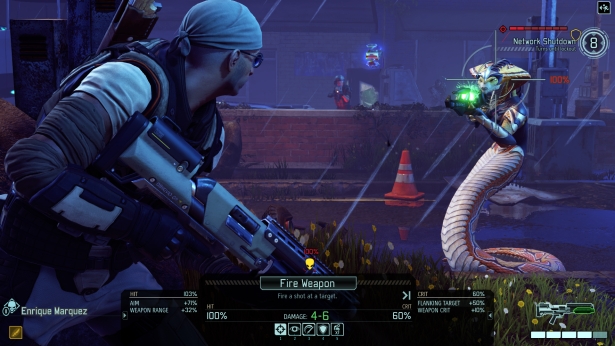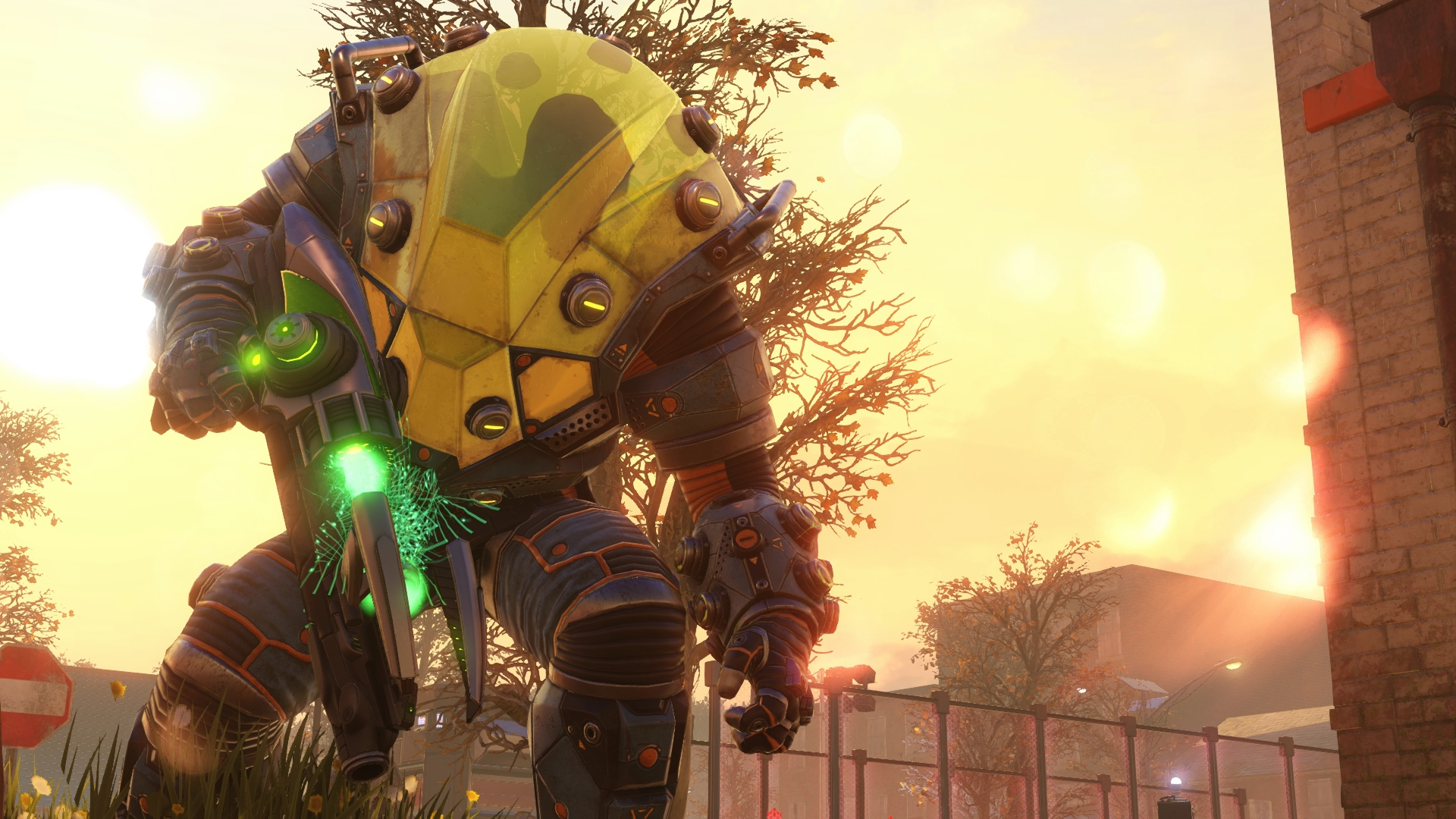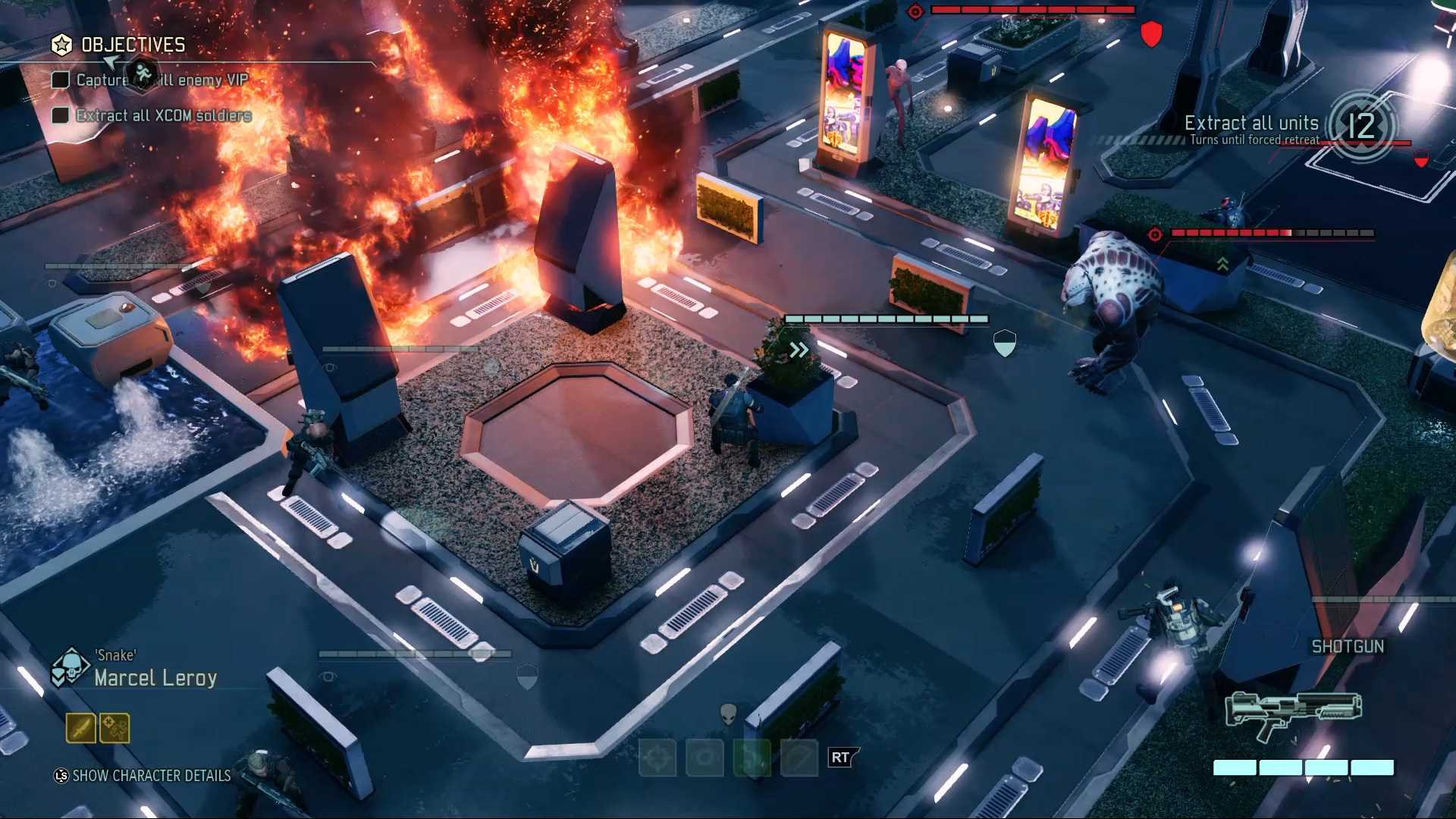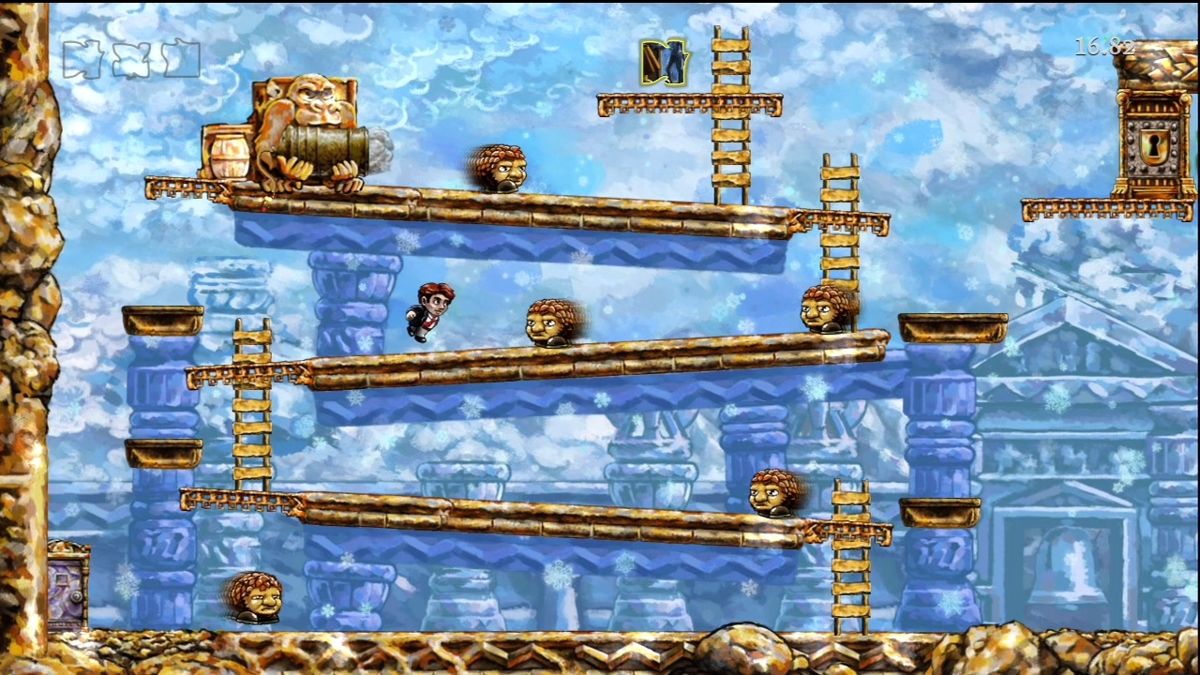
With references to Donkey Kong (see above) and Super Mario Bros, we know that Braid was inspired by the legends of platformer games and also utilises the timeless mechanics of jumping on platforms and monsters. Like those games, you also have to “rescue” a princess from a castle. Combined with an intriguing new mechanic, the ability to control time, Braid became an legend of its own in the overly saturated platformer genre and was also recognised as a wonderfully made puzzle game. When it was released in 2008, many industry people said it brought the indie game industry to new heights by sparking people’s interest in indie games.
But that’s not all about it. The true reason why this tiny indie game is immensely famous is because of its seemingly simple story with a huge twist at the end of the game which conflicts with all your preconceived notions of what the aim of the game is. Its developer, Jonathan Blow, who studied both English and Computer Science, combines art, literature and game design in unprecedented ways. Eventually, you can’t shake off the feeling that you are being played by the game instead.
Original Game Demo (Trailer)
Speed run: Will have spoilers!!
Lens of Elemental Tetrad
Mechanics
The platformer mechanics like walking, jumping on platforms, triggering a switch to move a platform, avoiding dangerous projectiles are timeless. The ability to jump on monsters to kill them is also a classic mechanic from Mario Bros that many people are likely to be familiar with. Braid then adds a mechanic which is the ability to reverse time and fast forward time. Not all objects are affected by time, thus the player has to make use of this time mechanic to collect the jigsaw puzzle pieces. In world 3, walking left will reverse time, walking right will fast forward time. In world 4, every time you reverse time, it will create a doppelgänger shadow that does what you did in the past. With mechanics that are kept simple, Braid manages to come up with many genius yet varied puzzles for players to solve.
Another impressive part of the mechanics is that they have “dynamical meaning”, a term coined by developer of Braid. This means that the mechanics will communicate emotionally to you, like how tutorials are incorporated seamlessly into the first few levels of every world. You are not told explicitly what to do. Additionally, the mechanics of the last level helps to tell the story, which we will talk about later.
Aesthetic
Braid uses a timeless 2D art style that does not distract you from the puzzles and yet is still pleasing to the eyes. The rugged 2D graphics gives it a more indie feel, plus the tinge of nostalgia that the art brings also helps to set the atmosphere for the story, a story of nostalgia and regret.
Technology
There is no breakthrough technology used with a 2D side-scrolling platformer but this is great because it does not complicate the mechanics. Braid was first released on Xbox and then ported over to PC. The time forwarding and reversing is natural on a Xbox controller because it uses the L1 and R1 buttons.
It implements some basic “game” physics for its puzzles. Jumping off a slope will give you a slight increase in speed and jumping on monsters 2-3 times will increase your jump height and this technology is part of the puzzles.

Story
On the surface, the story seems to be just about a guy regretting his mistakes and thus the princess left him and he needs to save the princess from a castle. He is also trying to relive his memories with the princess along the way. However, the vague narrative text seems to hint something more than that. The text uses many metaphors and often provides more insight into humanity. It even makes reference to the Manhattan project that created the atomic bomb. The player has to analyse the texts to make sense of the story, opening the story to different interpretations.
The story was meant to be distinctly separate from the game puzzles as the developer felt that he did not want to force any player to read the long narrative text. He felt it might also distract them from the actual puzzle solving. However, I personally prefer a story that is strongly tied to the puzzles, rather than solving all the puzzles in the world, only to be met with a dinosaur at the end that says that the princess is not in this particular castle.
The story in this game is mainly delivered through narrative text but is wonderfully complemented with the mechanics, nostalgic aesthetics and the relative simple technology used. The time mechanics emphasises on the fact that the past affects the future while the main character is trying to reverse his past mistakes.The mechanics of the last level in particular brings a huge twist to the story which makes this story shocking and also memorable…

Lens of surprise
There is no surprise that Braid is full of surprises as a puzzle game. Firstly, surprise is first delivered through discovering the solution to puzzles.The solution could be surprisingly simple. Secondly, there are tons of hidden things to discover in the game. There are hidden jigsaw puzzles pieces to be collected and pieced together to form pictures and they unlock the last level. There are hidden levels where you can collect stars instead. These will form a constellation once they are all collected and unlock the epilogue and the true ending. The epilogue, in my opinion, is the biggest surprise, giving unexpected insights into our main character and explains the metaphors in the story.
Lens of Challenge
Braid has mechanics which is easy to learn but difficult to master, this helps it to come up with both very easy puzzles (which are often tutorials at the start of each world to introduce a new slant to the time mechanic) and also very difficult puzzles near the end of each world. These difficult puzzles can be skipped as those jigsaw puzzle pieces need not be collected unless player is aiming for 100% completion. This allows beginners to progress through the game and improve their skills along the way first. They are allowed to come back to solve these difficult puzzles later. Thus Braid successfully caters to players of varying abilities. Alternating between easy and difficult puzzles is related to the lens of flow which we will mention later.
Lens of Parallelism
The same mechanics (different slant or variation to the main time mechanic) is used across levels in the same world. Easy levels are placed at the start of the world and the difficulty gradually increase towards the end of the world. This allows players to get used to a specific kind of mechanic and hone their skills. The final level will then test all these mechanics introduced previously, as if it is a “graduation exam”. This is also related to the lens of flow…
Lens of flow
The game manages to fluctuate between relaxation and tension by ultilising parallelism (see lens of parallelism) and levels of varying difficulties (see lens of challenge). Thus this creates a flow for players to increasingly feel enjoyment.
Thus, this is a game that is impossible not to learn from as a game designer even 10 years later in 2018. Though painfully crafted puzzle games might not appeal to a wide audience, Braid combines an amazing narrative with a unique time mechanic twist to our classic platformer genre.



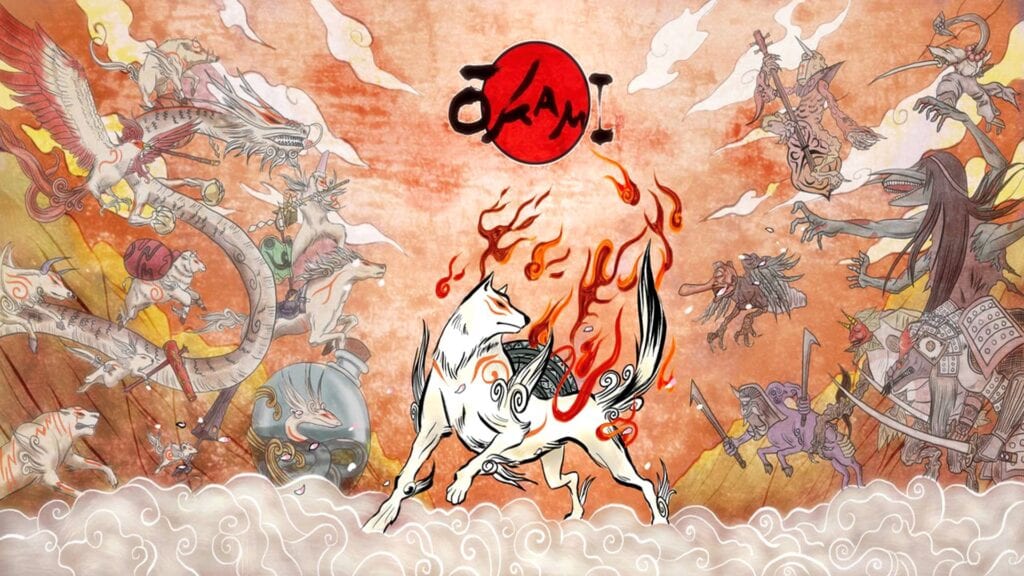
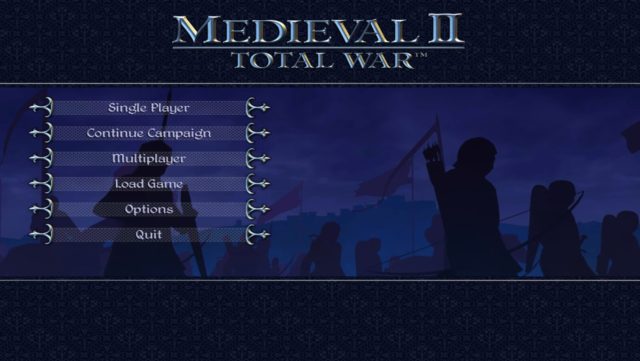
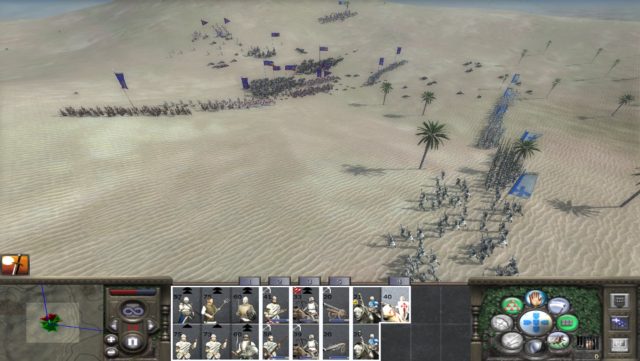
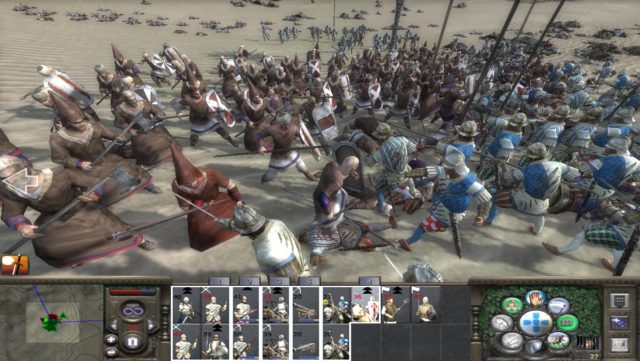
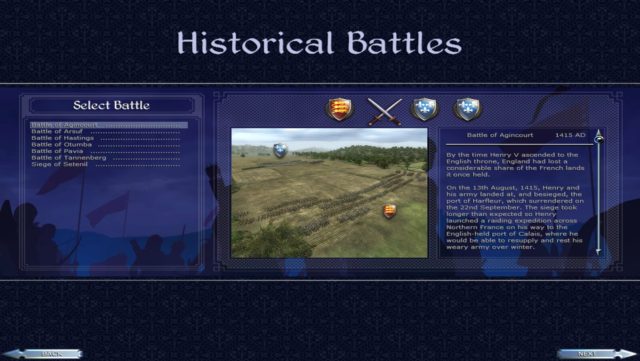
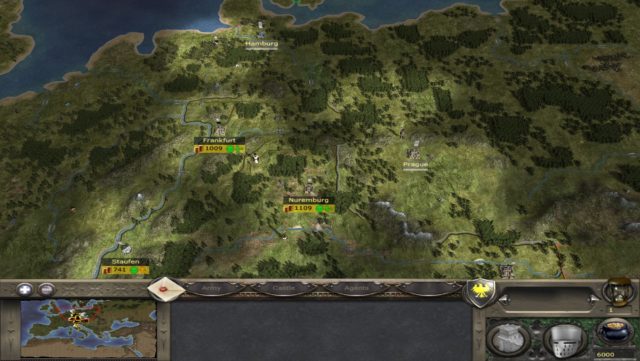
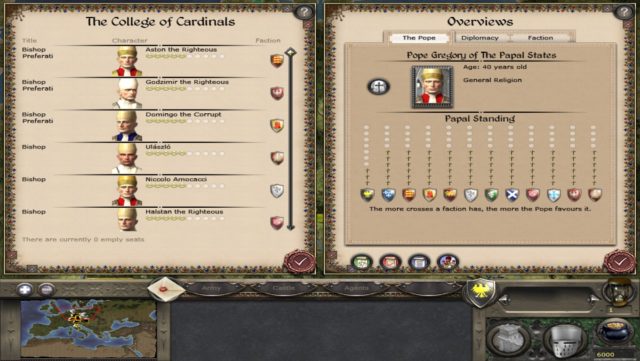
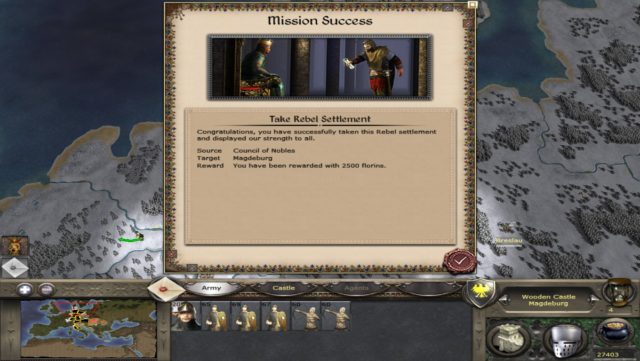 Screenshot: Mission Success
Screenshot: Mission Success